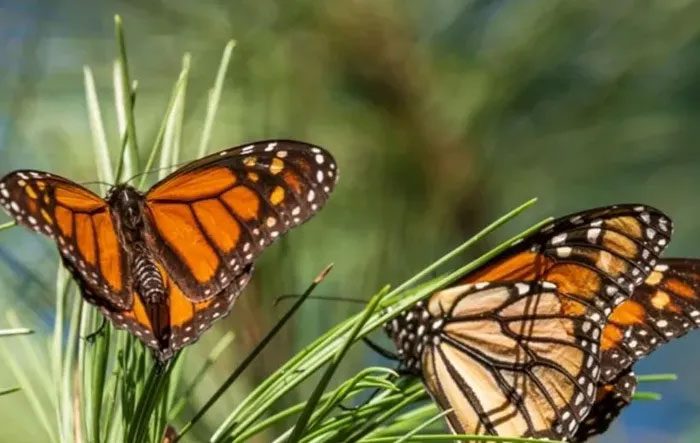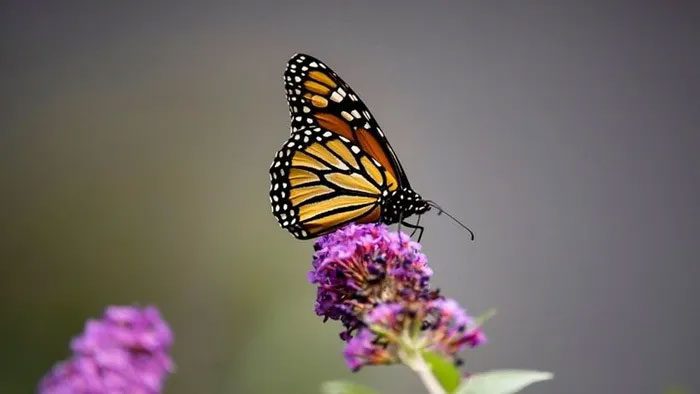Scientists have added the monarch butterfly to the Red List due to alarming statistics showing that its population is rapidly declining, bringing this iconic North American insect closer to extinction.
The International Union for Conservation of Nature (IUCN) has officially included the monarch butterfly in its “Red List,” classifying it as “endangered,” which indicates it is just two steps away from extinction.

The monarch butterfly has seen a significant decline since 1990.
Stuart Pimm, an ecologist at Duke University, stated, “This is a serious decline.” He also added, “This is one of the most recognizable butterfly species in the world.”
The team estimates that the monarch butterfly population in North America has decreased by between 22% and 72% over the past decade, depending on the statistical methods used.
Nick Haddad, a conservation biologist at Michigan State University, expressed concern about the rate of decline, stating, “What worries us is the speed of the decline. It’s easy to imagine how quickly this butterfly could be pushed into a more endangered status.”
Haddad, who was not directly involved in the listing process, estimates that the population of monarchs he studies in the eastern United States has dropped by 85% to 95% since the 1990s.
In North America, millions of monarch butterflies undertake the longest migration among known insect species.
After wintering in the mountainous regions of central Mexico, they migrate northward, continuing to breed along the way for thousands of miles. The young butterflies that reach southern Canada then begin their journey back to Mexico by late summer.

North American monarch butterfly.
Anna Walker, a conservation biologist at the New Mexico BioPark Society, remarked, “It’s a real spectacle, and it truly amazes us.”
The western monarch butterflies have been wintering along the California coast, then dispersing in spring and summer across several states west of the Rocky Mountains. Their numbers have declined even more severely than those of eastern monarchs, although there was a slight recovery last winter.
Emma Pelton, from the Xerces Society, a nonprofit organization that monitors western butterfly populations, stated that these butterflies are struggling due to habitat loss and excessive use of herbicides and pesticides in agriculture, with climate change also playing a role.
She added, “There are things people can do to help, such as planting milkweed, a plant that caterpillars depend on.”
The United States has not listed the monarch butterfly as an endangered species, but several environmental organizations argue that there is sufficient basis to include it on such lists.
The monarch butterfly (scientific name: Danaus plexippus) is a diurnal butterfly belonging to the subfamily Danainae in the family Nymphalidae. As the most famous butterfly in North America, the monarch is known for its impressive migration across the region. Every fall, millions of monarchs undertake the longest recorded migration among insects, flying thousands of kilometers from breeding grounds in eastern United States and Canada to Mexico and California to spend the winter months there.


















































